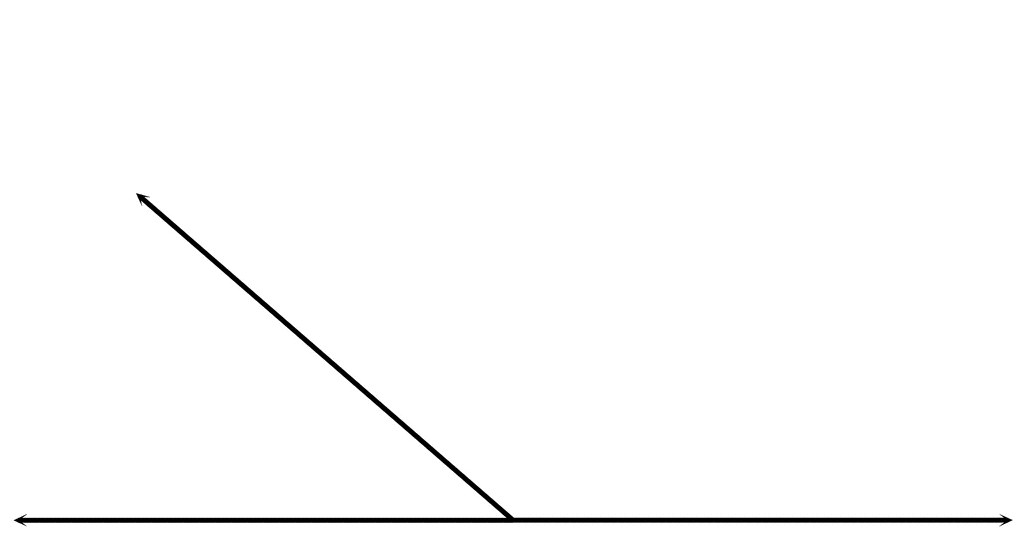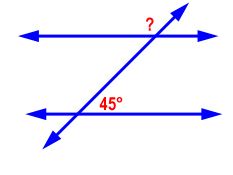

Supplementary angles can be adjacent or nonadjacent. Each angle is the supplement of the other. See for CST Studio Suite, Simulia, Dassault Systèmes (2021). Supplementary angles are two angles whose measures have a sum of 180. Evaluation of Trigonometric Ratios Using ASTC Formula. Luk’yanchuk, Science 354, aag2472 (2016). For the angles 0 ° or 360 ° and 180 °, we should not make the above conversions. Haus, Waves and Fields in Optoelectronics ( Prentice-Hall, Inc., Englewood Cliffs, NJ, 1984). In the figure, the angles lie along line (m). Let’s look at a few examples of how you would work with the concept of supplementary angles.

Berini, ACS Photonics 9, 2204– 2218 (2022). Example problems with supplementary angles.

And then if they happen to be adjacent, they will form a straight angle. García de Abajo, ACS Nano 6, 431– 440 (2012). And then if you have two angles that add up to 180 degrees, theyre considered supplementary. Vertical angles Vertical angles are pair angles formed by two intersecting lines such that the angles are opposite to each other. The following are common examples of complementary angles: Two angles each measuring 45 degrees.
#Supplementary angle examples how to#
Taubner, ACS Nano 6, 10107– 10114 (2012). Some of the examples of supplementary angles include: 140 and 40 120 and 60 30 and 150 90 and 90 etc. Hello Everyone If you like this video aboutFind the angle inside the circleCan You Find Angel ABC A Nice Geometry Math Problem How to Solve It pl. These two angles (140° and 40°) are Supplementary Angles, because they add up to 180°: Notice that together they make a straight angle. Trichopoulos, IEEE Access 7, 78729– 78757 (2019). Two Angles are Supplementary when they add up to 180 degrees. Our results open up opportunities for reflective metasurfaces without a metallic plate. In addition, the loss effect of the metasurface on the performance is discussed in terms of the conductive loss of graphene and the deviation of the reflection phase from a desired distribution. As an illustration, we numerically demonstrate that in a wireless communication scenario, the actively tunable graphene metasurface is able to reflect an incident wave to a receiver or be transparent for an incident wave, which is the significant advantage arising from the structure without a metallic plate. x + 62 90 x 90 - 62 x 28 Therefore, the value of angle 'x' is 28. Since the second angle measures 3 times than the first, then it will be 3x \circ. Let x\circ be the measure of the first angle. Solution: In the given figure, x and 62 are complementary angles as they form a right angle. Example 6: Two supplementary angles are such that the measure of one angle is 3 times the measure of the other.
#Supplementary angle examples free#
We implement the mechanism on a reflective graphene metasurface with its thickness being less than a 0.03 free space wavelength. Complementary Angles Examples Example 1: Find the angle x in the following figure. We analytically show that in two coupled resonators, tuning the resonance frequency with the external decay rate for one of the resonators enables near 2 π phase rotation and unity amplitude in the reflection wave, where no reflector is required.

Two angles that add to 180 degrees and when adjacent form a straight line.Reflective metasurfaces for arbitrary wave-front control require unit cells to achieve both 2 π phase rotation and unity amplitude in reflection waves, and such requirements are a fundamental challenge for ultra-thin metasurfaces without the use of a metallic plate.


 0 kommentar(er)
0 kommentar(er)
